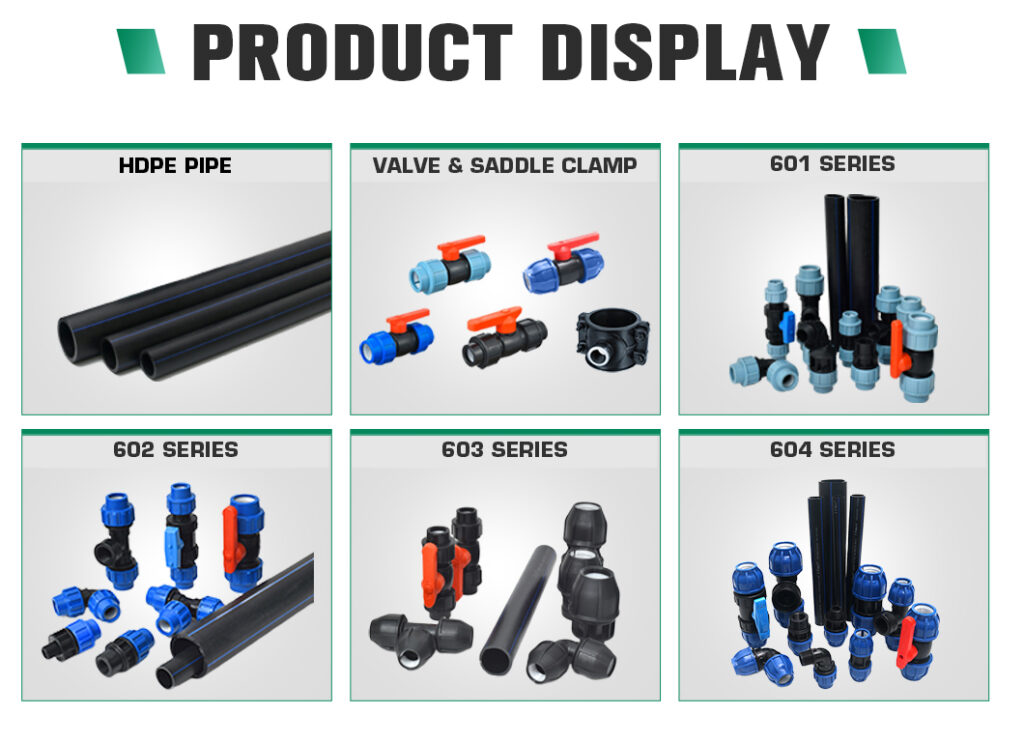Installing PP (Polypropylene) compression fittings properly is crucial to ensure leak-free connections in plumbing systems. Here’s a step-by-step guide to help you achieve a secure and reliable installation:
Tools and Materials Needed:
- PP compression fittings
- PP pipes
- Pipe cutter or hacksaw
- Deburring tool or sandpaper
- Measuring tape
- Marker
- Wrench (adjustable or specific to the fitting size)
Step-by-Step Installation Guide:
- Measure and Cut the Pipe:
- Measure the length of the pipe needed for your installation.
- Use a pipe cutter or hacksaw to cut the pipe to the required length. Ensure the cut is straight and clean.
- Deburr the Pipe:
- After cutting, use a deburring tool or sandpaper to remove any burrs or rough edges from the cut end of the pipe. This helps to ensure a smooth surface for the compression fitting to seal against.
- Inspect the Fitting:
- Before installation, inspect the PP compression fitting for any defects or damage. Ensure all components (olive, nut, and body) are present and in good condition.
- Assemble the Fitting:
- Slide the compression nut onto the pipe first, followed by the compression olive (ferrule).
- Insert the pipe into the fitting body until it reaches the internal stop.
- Tighten the Compression Nut:
- Hand-tighten the compression nut onto the fitting body. Ensure the pipe is fully inserted and seated properly.
- Use a wrench to tighten the compression nut further. Typically, a quarter to a half turn past hand-tight is sufficient. Avoid over-tightening, as this can damage the fitting or the pipe.
- Check for Leaks:
- Once the fitting is tightened, turn on the water supply and check for leaks.
- If a leak is detected, slightly tighten the compression nut further. Be cautious not to over-tighten.
Tips for a Successful Installation:
- Use the Right Tools: Ensure you have the correct tools for cutting and deburring the pipe. Using improper tools can lead to uneven cuts or damage to the pipe.
- Avoid Over-Tightening: Over-tightening can crush the olive or damage the pipe, leading to leaks. Follow the manufacturer’s recommendations for tightening.
- Inspect Regularly: Periodically check the fittings for any signs of wear or leaks, especially in high-pressure systems.
- Follow Manufacturer Guidelines: Always refer to the manufacturer’s instructions for specific details and recommendations for their products.
By following these steps and tips, you can ensure a proper and leak-free installation of PP compression fittings in your plumbing system.
View more:https://www.ifanfittings.com/


